How to Substitute for Cream of Tartar
on Oct 11, 2024
This post may contain affiliate links. Please read our disclosure policy.
Use one of these simple substitute for cream of tartar and don't miss a beat with your baking recipes!
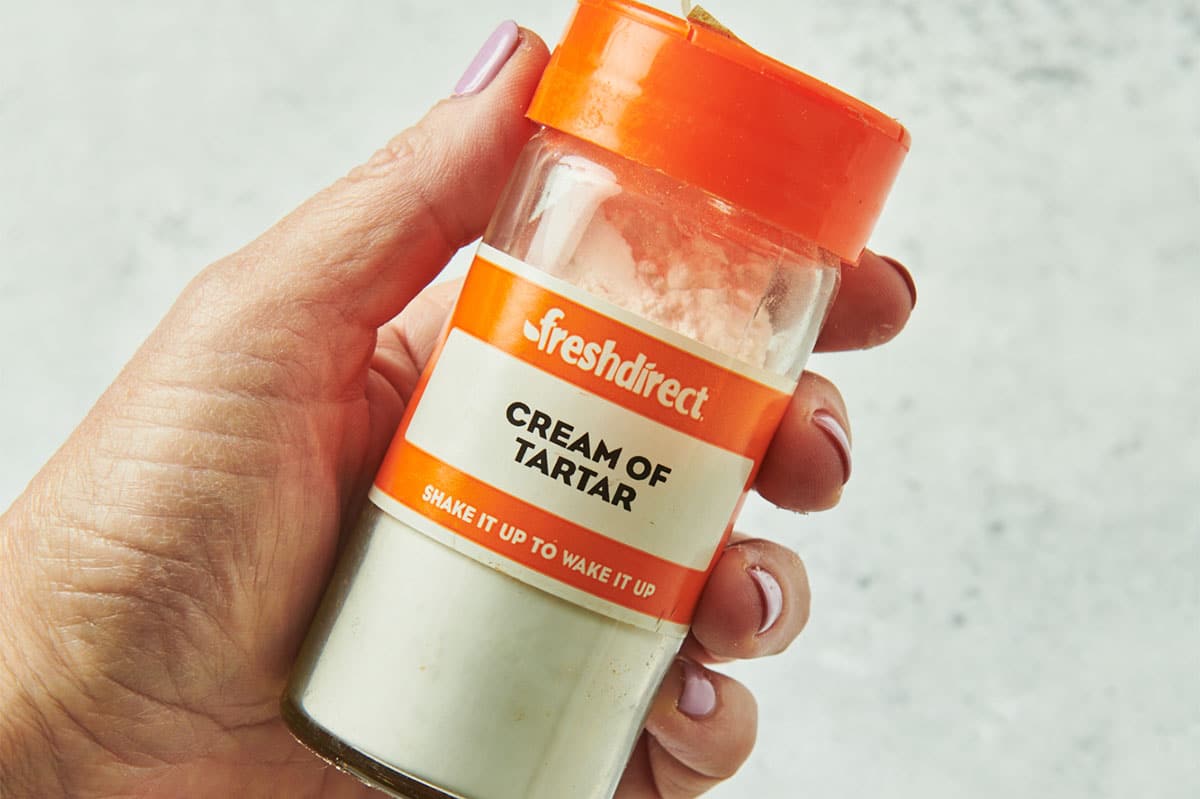
So, you ran out of cream of tartar. Or maybe you never had it, but suddenly, there you are in the middle of a recipe that calls for cream of tartar, and what to do? Not to worry — there’s an easy cream of tartar substitute, and hopefully you have one of the alternate ingredients on hand!
In baked goods, cream of tartar provides a bit of tanginess and textural softness. When you are whipping egg whites, for meringues or souffles, for instance, it can provide stability. Replacing the cream of tartar with another acidic ingredient serves the same purpose.
By signing up, you agree to our Privacy Policy.
For every 1/2 teaspoon of cream of tartar called for in a recipe, substitute 1 teaspoon of white wine vinegar or lemon juice. That’s it — that’s how you make your own cream of tartar! See the chart below for the different substitution amounts.
Then you will want to think about making Lemon Meringue Pie, Gingerbread, or Snickerdoodles with your cream of tartar substitute.
What's In This Post?
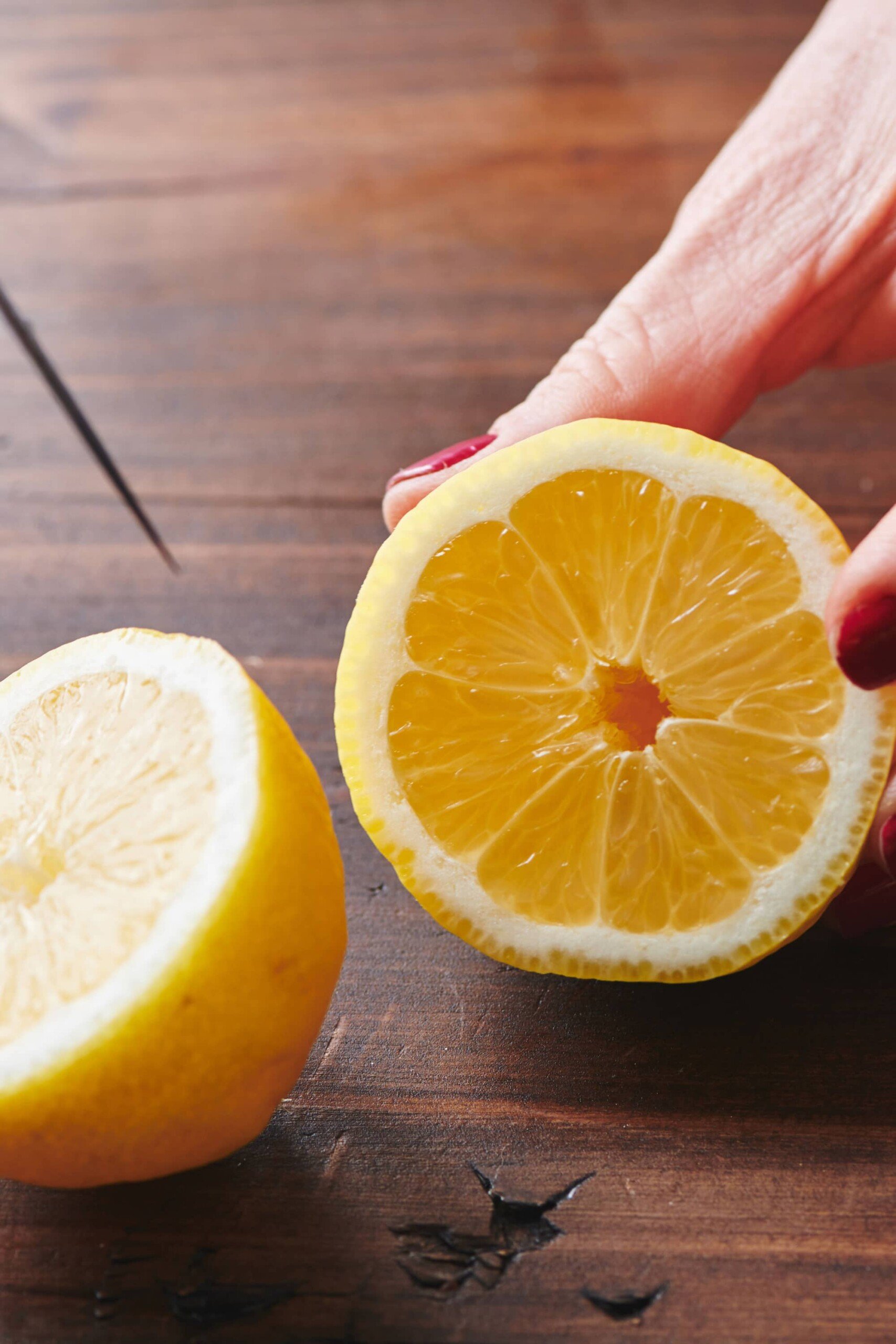
How to Make Your Own Cream of Tartar: Use one of these simple substitutes for cream of tartar and don’t miss a beat with your baking recipes!
What Is Cream of Tartar?
Cream of tartar is interestingly a by-product of winemaking or grape fermentation: a fine, odorless white powder that comes from a crystalline acid that forms in the wine barrels. Its chemical name is potassium acid tartrate. It is often added to egg whites before beating to improve stability, prevent crystallization, and create volume. Cream of tartar is added to candy and frostings for a creamier consistency. It is also used as an acidic ingredient in some baking powders, according to The Food Lovers’ Companion.
Cream of tartar is mostly used in baking, most often to stabilize beaten egg whites so they hold their peaks. It is odorless with a slightly tart, slightly salty taste.
Cream of Tartar Substitutes
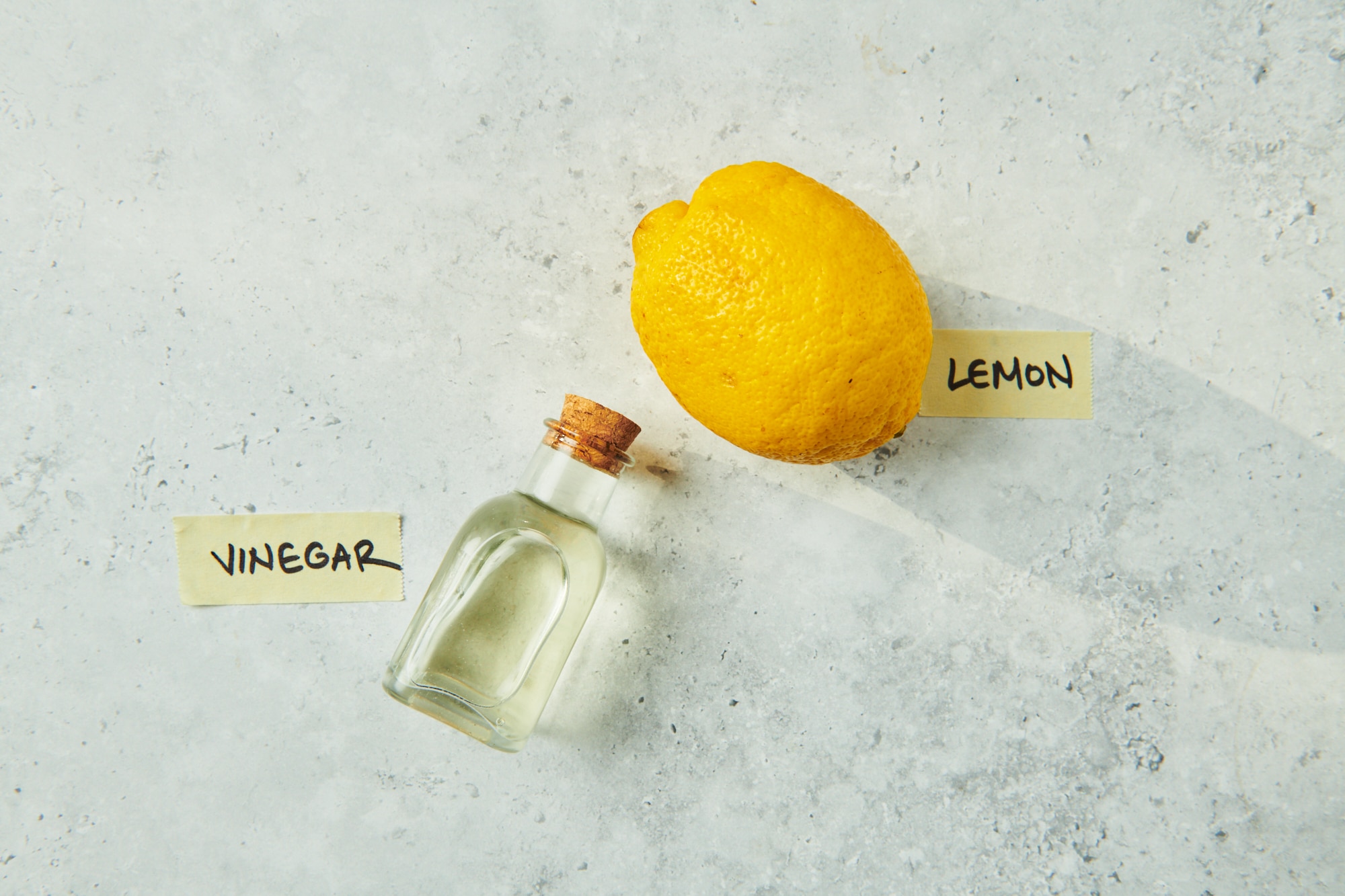
In most recipes, you can use lemon juice, white wine vinegar, or distilled white vinegar to replace the cream of tartar. The substitute’s amount should be double the amount of cream of tartar the recipe calls for.
| Cream of Tartar Amount in Recipe | Substitute |
|---|---|
| 1/4 teaspoon | 1/2 teaspoon lemon juice,r white wine vinegar, or distilled white vinegar |
| 1/2 teaspoon | 1 teaspoon lemon juice, white wine vinegar, or distilled white vinegar |
| 3/4 teaspoon | 1 1/2 teaspoons lemon juice, white wine vinegar, or distilled white vinegar |
| 1 teaspoon | 2 teaspoons lemon juice, white wine vinegar, or distilled white vinegar |
Kitchen Smarts
If you are substituting for a significant amount of cream of tartar, you may start to taste the flavor of the lemon juice or vinegar a little bit. Don’t substitute for larger amounts of cream of tartar, or you will risk compromising the flavor of your recipe.
FAQs
Baking guru and cookbook author Rose Levy Berenbaum says that cream of tartar has an indefinite shelf life if it’s not exposed to moisture or humidity.
If it’s a baked good, the product might not turn out quite as light and fluffy, but it should taste fine if you skip the cream of tartar. Whipped egg whites will not have as much stability as ones made with cream of tartar, so things like a meringue might get a little deflated or runny.
Kitchen Smarts
If you are looking to substitute baking soda for baking powder, make sure to use actual cream of tartar in the mix and not this substitute. That is one substitute too many!
Recipes That Use Cream of Tartar

More Baking Substitutions
- How to Substitute Baking Soda and Baking Powder
- How to Make a Substitute for Brown Sugar
- How to Make Self-Rising Flour
- How to Make Buttermilk
Pin this now to find it later
Pin It
Cream of Tartar Substitute
Equipment
Ingredients
- 1 teaspoon lemon juice, white wine vinegar, or distilled white vinegar
Instructions
- For every 1/2 teaspoon of cream of tartar called for in a recipe, substitute in 1 teaspoon of lemon juice, white wine vinegar, or distilled white.
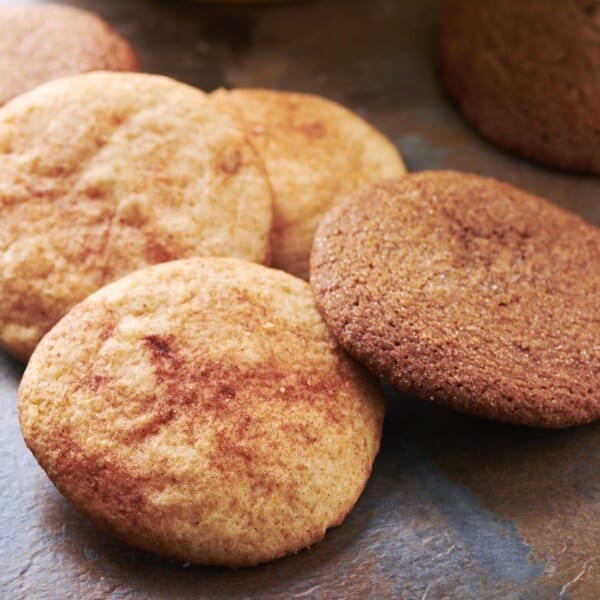
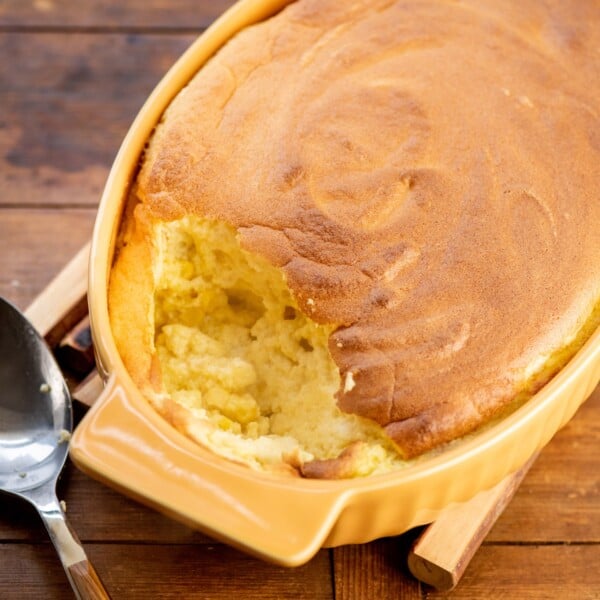
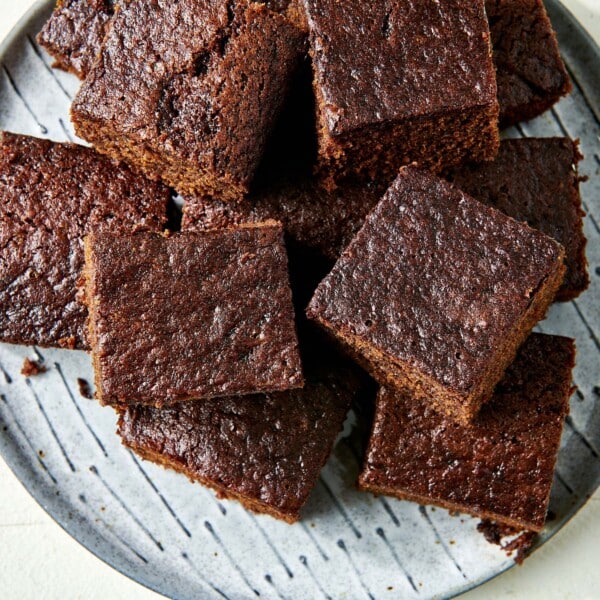
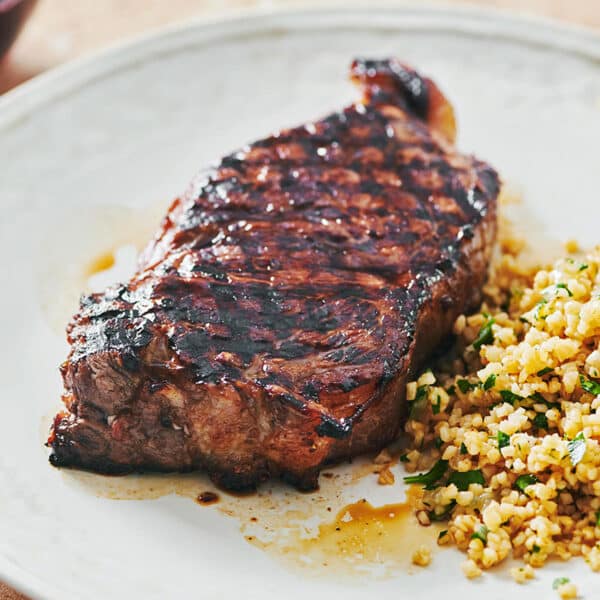

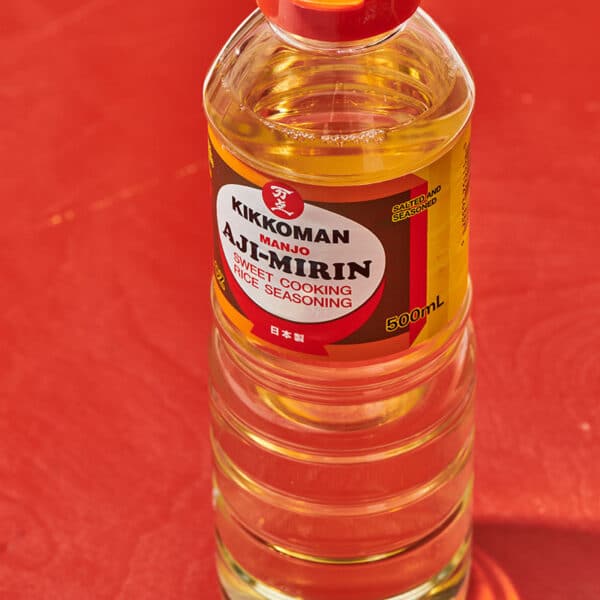
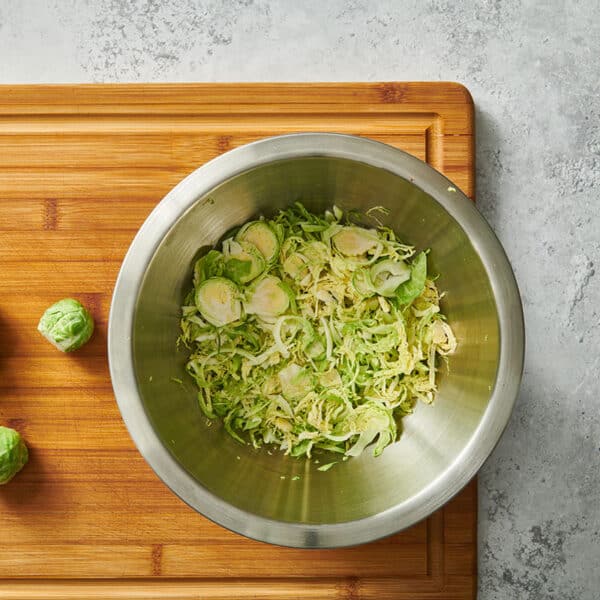









Somehow I never seem to have Cream of Tartar in the house when I need it, so this is super handy. Thanks Katie!